The Healing Power of Savasana
20.01.2022
Have you ever experienced the beautiful practice that is Yoga? My first experiences with yoga were 30 years ago when I was living in Indonesia. That’s where I met Krishna, an Indian man who would come to my home every week to teach yoga and meditation to the local expat community. I still remember the joy I experienced as I learned the various yoga poses, and the bliss I would enter in our final pose, called Savasana (pronounced “shavasana”).
If you’ve not yet had the pleasure of meeting Sophie, then you’re in for a treat. Sophie is one of our shining stars at The Oil Temple, helping with our social media posts, course coordination, and assisting our Young Living family with any enquiries. Sophie is also a yoga instructor, and spends her mornings teaching yoga. Today, I asked Sophie if she would share with us her wisdom around the practice of savasana, and how she incorporates the Young Living oils into this pose in her personal practice and her classes.
Click here to read about my early experiences in Indonesia with Krishna and yoga
Savasana – it’s not as easy as it looks!
Savasana is a supine resting pose, which marks the end of almost every yoga practice. It sounds blissful – “Lie on your back, fully relaxed with your arms and legs extended, palms face up, and eyes closed” – but seasoned yogis will know that savasana is not as easy as it looks.
On a physical level, the pose attempts to return us to a state of deep relaxation, bringing the body back to homeostasis (or balance) after an intense physical practice. But while the body certainly benefits from the movement of asana (or ‘posture’, in Hatha yoga), yoga’s ultimate state is only achieved when we stop. It’s here in savasana, after the actual practice is finished, that the deep healing energies really integrate.

Savasana: Death & Rebirth
Descriptions of savasana date back to the Hatha Yoga Pradipika, a 15th-century text in which we find many of the earliest references to the yoga poses that are still practiced today. It is the only pose that is included in every sequence, a hint to its significance.
The Sanskrit word savasana itself can be broken down into “asana” (posture) and “sava” (corpse), quite literally meaning “Corpse Pose” – a great irony for many of us who find that the mind is most alive as soon as we endeavour to lie still!
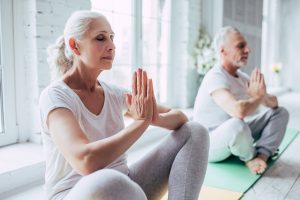
In yoga philosophy, Savasana is known as the practice of death and rebirth. And in our competency-addicted culture, what is more like death than having to step outside the circle of productivity, and be still?
Practicing savasana is an important reminder of our own mortality and the impermanence of our human body; everything in this world arises, lasts for a while, then dissipates. This is the cycle of birth, life, and death. While this concept can be difficult to understand, we only have to look to our own lives to see that we are a brand new human compared to who we were as a baby, a child, before a life-changing event, or sometimes even just last week.
Death for the highest yogic practitioners is not an endpoint. In yoga, a conscious death marks a transitional stage from this human life to eternity. While formal dissolution practices require the guidance of a teacher, we can each practice a dissolution of sorts in savasana by connecting to a slower, gentler breath, or the spaces in between each breath.
The result of this practice is a deep level of awareness, an understanding that we are much more than the body itself.

With the distraction of the body gone, we open to the experience of stillness, and if we learn to remain still, we become better acquainted with our minds. From this place of stillness, we can recognise that everything is perfect exactly as it is. Every quality of an enlightened being is already within us and through yoga, we drop the veils and cease the churning of the mind that prevents us from recognising this.
As we slowly awaken from this state, we intentionally explore back into our body as though it is brand new, because, after savasana, it is.
And so, in the space of this pose, we have the opportunity to be reborn.
Want to take your savasana to the next level?
The final savasana is the best reward after a beautiful yoga practice, but I find the addition of Young Living’s essential oils is truly like adding icing to an already irresistible cake! Below I talk you through some of my favourite essential oils for savasana, and how I like to apply them:
Lavender on the soles of your feet!
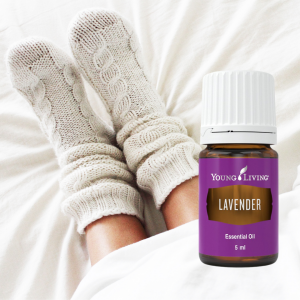
Try applying Lavender essential oil to the soles of your feet, to promote deep relaxation during savasana. Known for its calming and relaxing qualities, Lavender has been used for centuries to ease feelings of tension and anxiety. It helps me settle into a state of deep relaxation, while the impact of savasana on the parasympathetic nervous system works to calm my body.
I also like to be warm during savasana, so after I rub two or three drops of Lavender into my feet, I’ll often put my socks back on while I rest for 10 minutes (or more!) Surprisingly, putting essential oils on your feet is a tremendous area for your body to absorb them because the pores on your feet are extremely large – that means the essential oils can be absorbed faster and reach your bloodstream quicker! PLUS, rubbing the oils into your feet is a great moment of relaxing self massage and reflexology, since so many nerve lines end in your feet.

DIY Mist Spray
I do love giving a luxurious savasana massage using essential oils, but with more and more students preferring not to be physically touched many teachers are creating their own DIY ‘mist sprays’ instead. The aromas help my students to effortlessly drift off another layer deeper in their final resting posture. All you need are a few ingredients to make your own customised essential oil spray.
Simply fill a 120ml glass spray bottle with 1 tsp of Witch Hazel, to emulsify the oils and water, 15-30 drops of your favourite essential oils and top up with distilled water. My favourite blend at the moment is my ‘Calming Spray’ – made with 20 drops of Lavender, 10 drops of Bergamot and 10 drops of Frankincense oil.
Spray around the aura, chakras and above the head – inhale deeply and let it rain down like angel wings over your body.
Diffuse Awaken oil blend
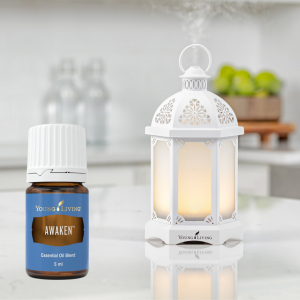
Diffusing essential oils is my favourite all-natural replacement to burning candles or incense sticks that may have toxins lurking in them.
One of my favourite essential oils to diffuse during savasana is Awaken oil. This beautiful creation combines 5 different Young Living blends: Forgiveness, Present Time, Dream Catcher, Joy and Harmony. Every time I diffuse the Awaken blend during savasana I am drawn to a different scent, depending on what I need at that moment in time. Each aroma takes me on a journey of its own – sometimes if my mind is wandering it’s Present Time that invites me back to the present moment, or if I’m feeling a little restless the uplifting smell of Harmony can help restore a sense of balance in the mind, spirit and body.
So, be patient as you lay in your resting pose. Forgive yourself when your thoughts run astray. Place no judgment on where they wander to. Simply observe, become aware of how they are impacting you, and come back to your breath. With time, and a little help from your Young Living essential oils, it WILL become easier!
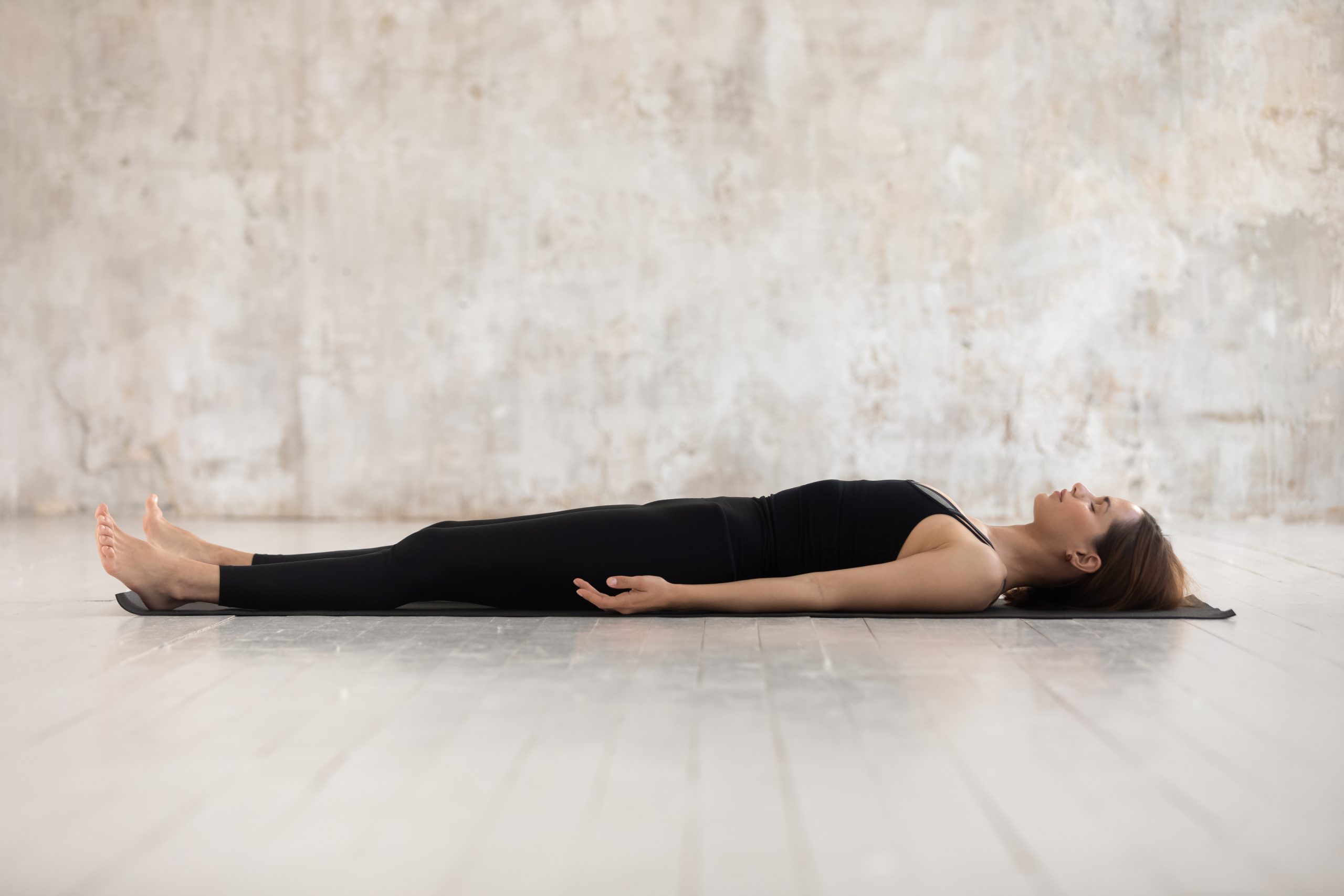
How to Order…
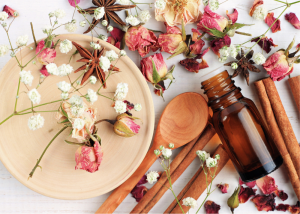
If you already have a wholesale account with Young Living, order through the shopping cart on your virtual office, or via phone or live chat with your local Young Living office.
If it’s been more than 12 months since you’ve ordered, or you’ve never set up an account, reach out to the person who introduced you to Young Living. You’ll need their member number when you place your first order. If you’ve lost touch with them or need any assistance, click the button below and we’ll be in touch.
If you’re not already receiving our weekly
Raw Divinity bulletin, CLICK HERE to subscribe